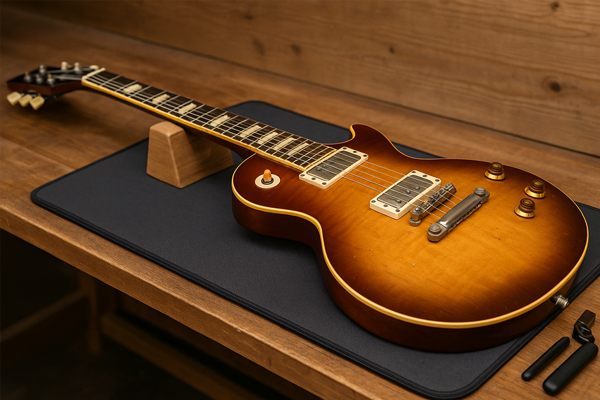First Scales Minor Pentatonic Introduction
The minor pentatonic scale is your gateway to lead guitar playing and musical expression beyond chords. Unlike the intimidating seven-note major scale, the pentatonic uses just five carefully selected notes that naturally sound musical together, making it nearly impossible to play a "wrong" note. This collection presents all five interconnected patterns of the A minor pentatonic scale, showing how these shapes link together to cover the entire fretboard. Starting with the foundational Position 1 at the 5th fret, you'll discover how each pattern connects to create one continuous scale across all strings and positions. These six diagrams represent the complete pentatonic system—master these shapes and their connections, and you'll have the foundation for improvisation, lead guitar work, and understanding how scales function across the guitar neck.
Need a tuning that's not listed in our library? Premium members can request custom tunings.
